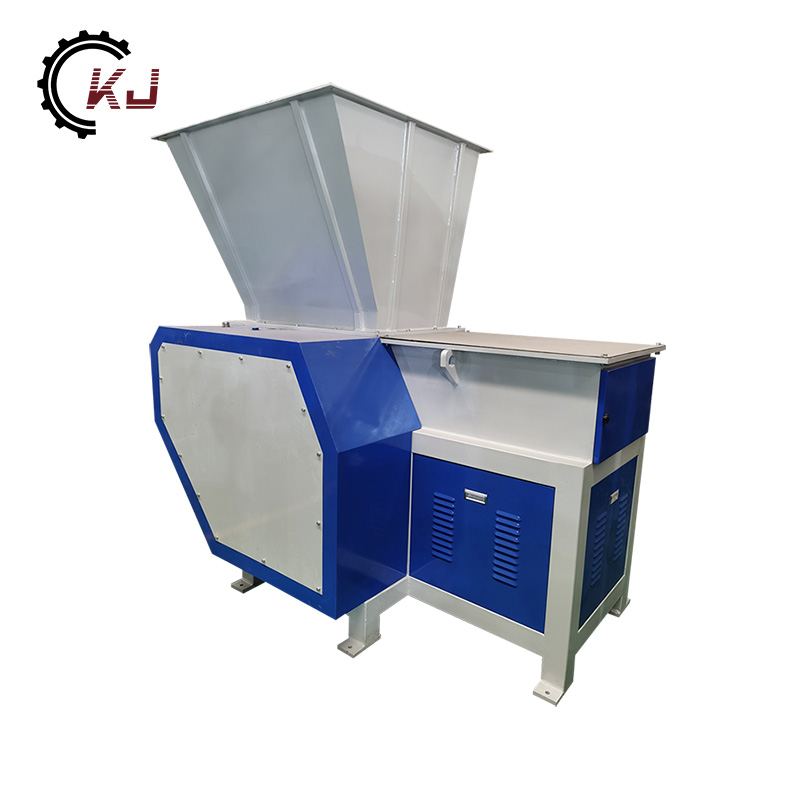The Backbone of Reliability: The Recommended Schedule for Routine Maintenance and Servicing of Industrial Crusher Machines
2023-11-06
Industrial crusher machines are the sturdy workhorses that power material reduction across various industries. To ensure their optimal performance, it's essential to follow a recommended schedule for routine maintenance and servicing. In this blog, we'll delve into the importance of routine maintenance and servicing for crusher machines and provide guidance on establishing a maintenance schedule.
Maintaining the Workhorse
Before we explore the maintenance schedule, it's crucial to recognize the indispensable role of industrial crusher machines. These robust devices are designed to reduce the size of materials, making them essential tools in industries such as mining, construction, recycling, and more. To maximize their lifespan and efficiency, routine maintenance is key.
Why Routine Maintenance and Servicing Matters:
1. Prolongs Lifespan: Regular maintenance and servicing help extend the operational life of the crusher machine, reducing the need for costly replacements.
2. Optimizes Efficiency: Proper maintenance ensures that the machine operates at peak efficiency, minimizing downtime and maximizing production.
3. Minimizes Downtime: Planned maintenance reduces the risk of unexpected breakdowns, leading to less downtime and more reliable operations.
4. Enhances Safety: Maintenance and servicing allow for the inspection and repair of safety features, reducing the risk of accidents and ensuring operator safety.
5. Saves Costs: Preventative maintenance is often more cost-effective than reactive repairs, as it addresses issues before they become major problems.
Recommended Schedule for Routine Maintenance and Servicing:
1. Daily Checks:
- Inspect for visible wear and tear, loose bolts, and any material buildup or blockages in the crushing chamber.
- Ensure that safety features, such as emergency stop buttons and safety interlocks, are functional.
2. Weekly Checks:
- Lubricate moving parts and components as per manufacturer recommendations.
- Inspect wear parts, such as hammers, anvils, and liners, for signs of wear and replace if necessary.
- Check conveyor belts for wear and proper tension.
3. Monthly Checks:
- Conduct a thorough inspection of electrical components, wiring, and control systems to ensure proper functioning.
- Inspect and clean the dust control system, including filters, to maintain effective dust control.
- Review and tighten all fasteners, bolts, and connections to prevent loosening.
4. Quarterly Checks:
- Perform a detailed inspection of bearings for wear and overheating and replace as necessary.
- Check hydraulic systems, hoses, and fittings for leaks and damage, addressing issues promptly.
- Inspect the condition of safety guards and barriers to ensure they are intact and functioning.
5. Bi-Annual Checks:
- Clean and inspect the cooling system, such as radiators or oil coolers, to prevent overheating.
- Review and calibrate the crusher machine's control and automation systems for optimal operation.
Customization and Manufacturer Recommendations:
It's important to note that the recommended maintenance schedule may vary based on the manufacturer's guidelines and the specific model of the crusher machine. Manufacturers often provide detailed maintenance recommendations that should be followed to ensure the machine's longevity and performance.
Conclusion
Routine maintenance and servicing are the lifeblood of industrial crusher machines, ensuring they operate efficiently, safely, and reliably. By adhering to a recommended maintenance schedule and following manufacturer guidelines, operators can extend the lifespan of their crusher machines, minimize downtime, and maintain their value as the backbone of material reduction in various industries.



